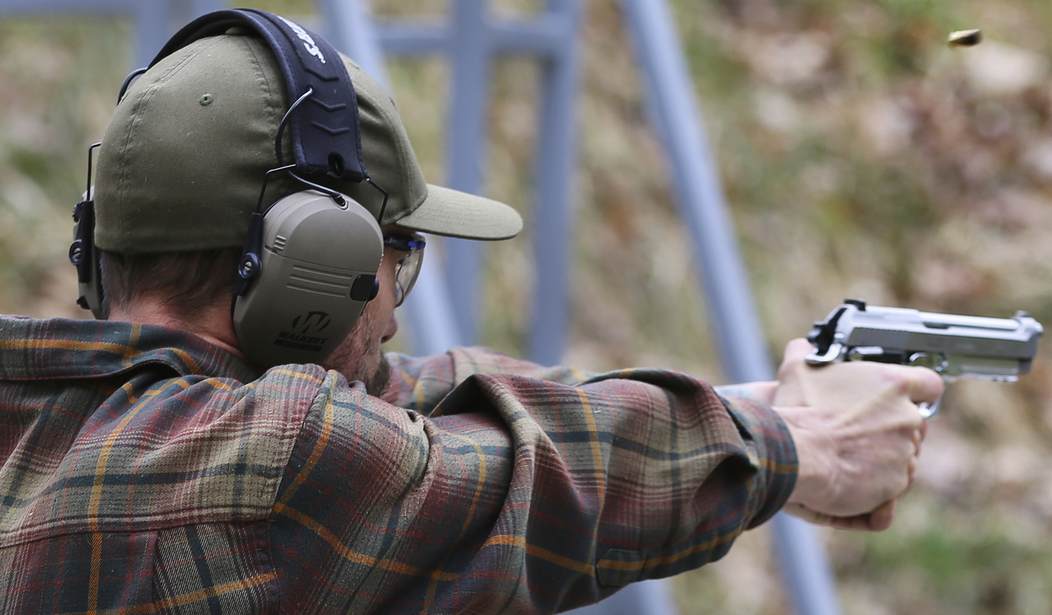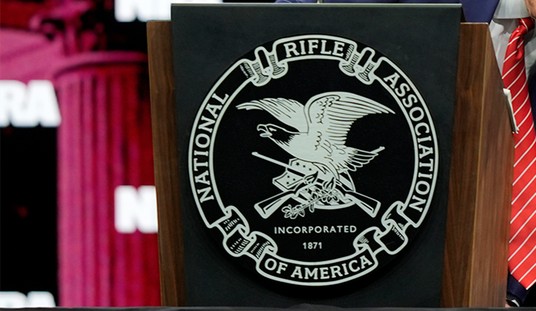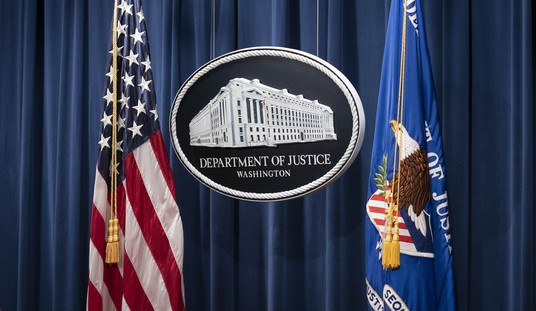Once upon a time, Snopes was kind of the go-to for fact-checking. If you got one of those emails claiming weird things were actually true, Snopes had your back. It was great.
Then the site had to try and get political.
If they’d fact-checked everyone equally, that wouldn’t have been a problem. However, the site had a profound leftward bias that irked a lot of one-time fans of the site. Right-leaning politicians were never given the benefit of the doubt on anything, while the left’s could talk about murdering someone and Snopes would try to find nuance that didn’t exist.
It got pretty insufferable.
Now, though, they’ve decided to delve into the world of the Second Amendment by teaming up with an outfit called The Conversation. What they put out was laughable, to say the least.
When a federal judge in California struck down the state’s 32-year-old ban on assault weapons in early June 2021, he added a volatile new issue to the gun-rights debate.
The ruling, by U.S. District Court Judge Roger Benitez, does not take effect immediately, because California has 30 days to appeal the rejection of its assault weapons ban. Most coverage has focused on Benitez’s provocative analogy between an AR-15 and a Swiss army knife. But the case raises troubling questions about the meaning and proper role of “militias” under the Second Amendment.
The plaintiffs in the lawsuit claimed that California’s assault weapons ban unconstitutionally restricted citizens’ Second Amendment rights by preventing them from using assault weapons for home defense and other legal purposes. California’s defense was that assault weapons are more dangerous than other firearms and therefore subject to additional restrictions.
In his ruling, Benitez asserts that citizens have a right to own a private assault weapon not just for defense of a gun owner’s home, but also for “citizens’ militias” engaged in homeland defense.
If the founders were alive today, I believe they would be very concerned – because the Constitution is clear that the only militias protected by the Second Amendment are “well-regulated” units authorized and controlled by state governments, not a private citizen militia.
Wow. We’re back to this?
The phrase “well-regulated” had a particular meaning in the 18th century. It meant something more like “properly functioning.” Further, there’s absolutely no mention of state governments in the Second Amendment, but it does say “the people’s right to keep and bear arms shall not be infringed.”
See, when the Second Amendment was written, the militia didn’t have stockpiles of weapons at state armories they could just check out as needed. It was vital that they have their own firearms readily at hand.
When the National Guard was formed, that negated much of the need for the typical militia, but the same law that formed the National Guard also mentions the unregulated militia. That is a militia made up of average citizens who provide their own weapons.
That’s Judge Benitez’s “citizen’s militia” in a nutshell.
Frankly, the argument that the Second Amendment applies to state militias and not private individuals has always baffled me. Why would the amendment say “the people’s right” when it really meant the state’s authority to keep guns? Why would the government need to protect the government’s ability to have firearms? It’s insane.
But the last paragraph above isn’t the only example of this insanity.
The biggest problem with Benitez’s ruling is that the Second Amendment sanctions a “well-regulated militia,” not an informal assembly of armed citizens. As the founders knew, a “well-regulated militia” was one authorized, trained and – with growing frequency during the American Revolution – armed and provisioned by state governments.
After the American Revolution, the purpose of these state militias was clearly laid out in Article I, Section 8, Clause 15 of the Constitution: so Congress could use them to “execute the laws of the union, suppress insurrections, and repel invasions.”
Today, the militia in all 50 states is the National Guard. In California, as Benitez notes in his opinion, the militia also includes the State Guard, a force trained and equipped by the government. There is nothing informal about it.
Except that we also know from the Founding Fathers that they were distrustful of standing armies. A standing army was a tool of oppression in every other nation on Earth at the time and they believed that it would eventually become one in their fledgling republic. They preferred the people to be armed and prepared to repel invasion.
However, as a standing army began to be developed, those same Founding Fathers rested a bit easier knowing that similar weapons rested in the hands of the average citizen of this new nation. If the army started to be used as a tool of oppression, the people whose right to keep and bear arms was preserved in the Second Amendment would be able to fight back.
This isn’t tricky stuff. The Founding Fathers wrote extensively about their desire for an armed populace to resist any attempt at tyranny by the federal government.
Yet while The Conversation wrote it, Snopes published it. The fact-checking site didn’t bother to, you know…fact-check anything. Further, it’s yet another reason to not take Snopes seriously anymore.








Join the conversation as a VIP Member